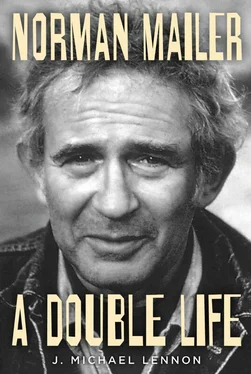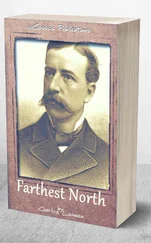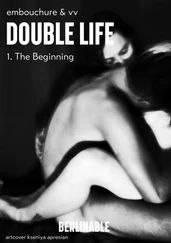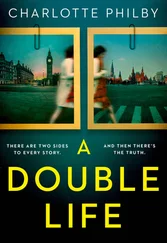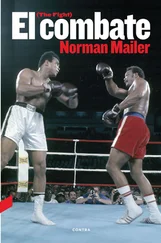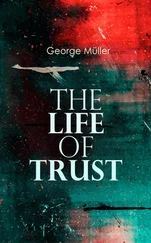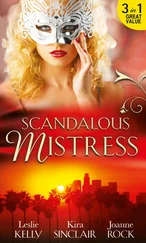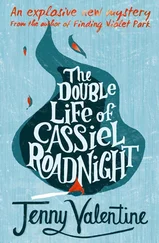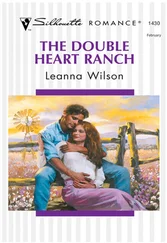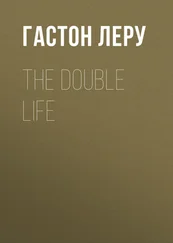This praise certainly encouraged him, but nothing fortified him more than the thunderbolts that arrived at the beginning of June. First, Professor Davis wrote to him to congratulate him for winning the national Story magazine contest. Then, a telegram from Whit Burnett arrived at the Advocate with the same news. It was followed a few days later by a formal letter from Burnett to Mailer at the Advocate offices, forwarded by a nonplussed John Crockett, stating that the story was the unanimous choice of the judges. It would be published by Story in the fall, Burnett told him, adding that the Story Press, affiliated with publisher J. B. Lippincott, would be eager to consider any novel he might submit. “Probably nothing has happened in the years I’ve been writing which changed my life as much,” Mailer wrote in 1959. “The far-away, all-powerful and fabulous world of New York publishing — which, of course, I saw through Thomas Wolfe’s eyes — had said ‘yes’ to me.” That summer the $100 prize money from Story arrived, proof positive to Fan and Barney of the genius of their son. The airplane models that hung in the apartment on Crown Street were no longer the preamble to his life’s work. Now he was a writer.
BY LATE JUNE Mailer had set up shop at the Scarboro. Before he arrived, he had written 45,000 words of “No Percentage” and was no longer referring to it as a novelette. The Schneider clan, of course, was aware of all that had happened at Harvard and gave their prodigy even more deference. Fan and Barney came down on weekends, and in between she wrote encouraging notes: “How is the writing coming along, honey? Put all the feeling you possess into it and it has to be good. When you were a tiny infant every time I nursed you, I would whisper a little prayer in your ear, ‘Please God, make him a great man some day.’ This is a secret between you and me, sonny. Take care of yourself. Love, Mother.” Word came to Long Branch a few weeks later that Fan had to go in the hospital in Brooklyn for an undisclosed operation, which turned out to be a hysterectomy. No details were mentioned in the flurry of notes and letters among the family, and when he wrote to his mother at the end of July he merely said that he hoped she was feeling better (she recovered quickly). But this comes at the end of his letter; he leads off by announcing that he has written another fourteen thousand words of “No Percentage.”
Initially, he had intended the novel to be set entirely in Brooklyn and the Jersey Shore. His plan was to focus on the romantic problems of Robert Branstein, a twenty-one-year-old arts graduate of the University of Pennsylvania. But after winning the Story contest, and with Amussen eager to see a full-length work, he decided to expand it by one third and add an additional setting. As recast, the novel opens with Branstein back home in Crown Heights. He has a wealthy blond girlfriend, Sheila Wexler, who lives with her parents in the penthouse of the tallest building in the neighborhood. Her father, Sherman, a powerful and devious figure, has links to organized crime, much like Barney Kelly in Mailer’s 1965 novel, An American Dream. The gorgeous, vacuous Sheila satisfies all of Branstein’s sexual needs, but he yearns for involvement in some altruistic cause. Her father attempts to blackmail him into the marriage, using some incriminating evidence he has on Branstein’s father. There is a good deal of violence, including the most striking scene in the entire novel, a bloody altercation between Sherman Wexler and Branstein’s grandfather Abram. At this point, Mailer broke off, recognizing Robert had to get away again and undergo a testing. Around the beginning of August, he mailed off part one to Theodore Amussen at Rinehart and then set off on a hitchhiking trip.
Going on the road was a crucial experience for Mailer, a leap from the family safety net. He said the idea came from Dos Passos, whose U.S.A. has many stories of bumming around the country. He also hoped his trip would give him the wherewithal to make his protagonist more dynamic. In two weeks he hitchhiked over 1,200 miles, slept almost every night outside, and pushed himself to his limits. He got as far south as New Bern, North Carolina, before turning back. He hitch-hiked through numerous sleepy southern towns. In Danville, Virginia, he went to a whorehouse. This time he was up for the occasion, but found it unsatisfying. He told his friends how he lost his virginity to an old prostitute named Lila, protecting the identity of the Cambridge woman. Two days later he arrived home hungry, dirty, and broke. After a few days of rest and Fan’s cooking, he returned to the Scarboro to finish the novel.
Part three centers on Branstein’s attempt to hop a moving freight car, something he has never attempted. He tells himself that a successful attempt will be the equivalent of his grandfather’s escape from Russia. But he misses the ladder, and this failure presages another defeat, with which the novel concludes. Branstein crawls back to Sheila and his “past life of indecision and fear.” The novel ends with a gloomy coda describing their honeymoon in California. Sheila is pleased with her catch; he is beaten down and morose.
Bristling with adjectives, thin on motivation and clogged with dialogue, Mailer’s first novel is nevertheless an amazing feat for a nineteen-year-old. He was teaching himself how to write an extended narrative with a dozen or fifteen major characters, all seen from an omniscient point of view, a practice run that would help him in depicting the thoughts of as many GIs in The Naked and the Dead. With some gaps here and some repetitions there, he was still able to maintain a narrative line for ninety thousand words, pacing it with various set pieces, some of them containing sharply observed evocations of place. The novel also recycles, sometimes awkwardly, previously written short stories. He was learning to marshal his resources. While the novel shows promise, and some of his one-dimensional characters are sharply drawn, the background of a world at war — save for a few references to the Civil War in Spain — is completely ignored. The novel is a revilement of hedonism and corruption. Robert Branstein sells out to the power nexus but is not entirely despicable because he has learned some lessons, the first being to dislike himself. Shortly after Mailer finished the novel, there was a fire at the Scarboro, a major tragedy for the family. The Schneider clan was distressed; the retreat where he had learned to write burned to the ground.
The completed novel went off to Amussen at about the same time that Mailer arrived at Harvard in mid-September 1941, driving up in a 1936 Chevy convertible given to him by Uncle Dave. He and Marty Lubin had been accepted the previous spring into Dunster House, home of the “Dunster Funsters,” and had moved into a fifth floor suite overlooking the Charles River. The Dunster suite, the car (equipped with a mattress in the trunk), not to mention his Advocate and Signet sinecures, gave him for the first time the sense of being fully vested at Harvard. He was again playing house football and was co-captain for a time. His family had let him keep the $100 from Story and he had a student job drafting a schematic of Harvard’s gas and water mains. The only fly in the ointment was his major, now that his avocation had become his vocation. He wrote home that he hated his sole engineering course. His other courses were Philosophy, Sociology, and English 2-A, the second in Harvard’s series of creative writing courses. As in his sophomore writing class, he submitted portions of his summer’s work — excerpts from “No Percentage”—as well as six new stories.
Amussen arranged to meet Mailer in Cambridge and came by on October 4 to tell him that John Farrar liked “No Percentage” and was going to show it to his partner, Stanley Rinehart. Anne and Dave Kessler, whose support of their nephew seemed overly proprietary to Fan, visited twice during the fall semester to congratulate him. “The Greatest Thing in the World” came out in Story on October 15 and within days Mailer had received letters expressing interest in his work, one from a literary agent and another from an editor. They were followed by a letter from Burnett, who wrote to say he hoped Mailer would give him right of first refusal for future work. Two weeks later Amussen wrote to say that he had given the novel to an agent, Monte Stein, for an outside opinion. Stein said it “shows brilliance,” and Amussen agreed. Whit Burnett, who had been sent one of several copies of the typescript, came to the same conclusion, telling Mailer that “the writing and psychology are brilliant.”
Читать дальше
